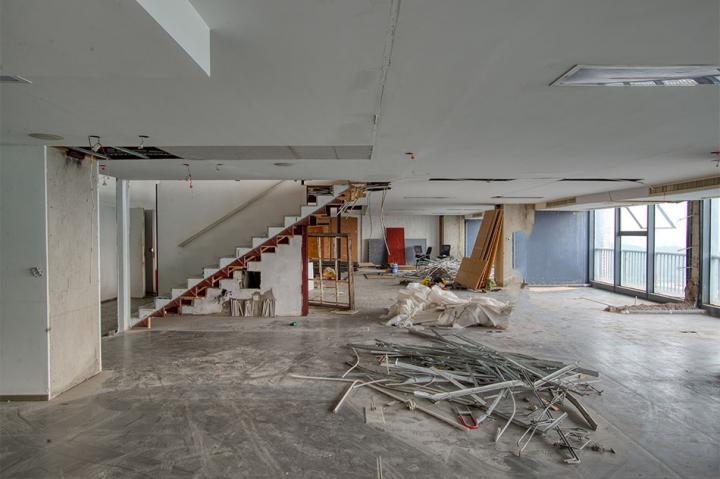Top five tips for dealing with dilapidations

When a commercial lease comes to an end, whether that be because the lease period has expired, the parties have agreed an early surrender, or for any other reason, the issue of dilapidations becomes a live one.
It pays to start thinking about this ahead of the termination date, if possible, whether you are the landlord or the tenant. Sarah Barratt, partner in our real estate dispute resolution team, gives her top 5 tips on dealing with dilapidations:
1. Consider dilapidations at an early stage
Ideally, you should be thinking about dilapidations before the start of the lease, so that the lease makes it clear who is responsible for what and what condition the premises will need to be returned in.
This should ideally include having a schedule of condition drawn up before the lease is entered into. If you are already in a lease, then thinking about the dilapidations position before the end of the lease term puts you in the best possible position for a satisfactory resolution.
2. Familiarise yourself with the obligations under the lease
This will be the starting point for dealing with any dilapidations claim, including who is responsible for what and the condition that the property leased needs to be returned in.
The lease should deal with these points and therefore looking at the terms of the lease is a good starting point.
3. Get expert advice
A surveyor will be able to help you determine what works need to be done in order to satisfy repairing obligations, and also help determine the costs of any necessary works.
They will also draw up a schedule of dilapidations (if acting for a landlord) or assist with a response (if acting for a tenant).
Legal advice may be required if, for example, there is a dispute about the effect of the lease provisions.
4. Be aware of the pre-action protocol
The “Pre-Action Protocol For Claims For Damages In Relation To The Physical State Of Commercial Property At Termination Of A Tenancy”, or dilapidations protocol for short, sets out a series of steps that each party should take before commencing legal action with the aim of avoiding litigation, or at least narrowing the issues in dispute.
Familiarising yourself with the contents and steps to be taken, even if you don’t have expert professional advisers, will mean that you don’t inadvertently fail to comply.
Failing to comply could mean if you end up in court, that the court applies a sanction (such as an adverse costs order) against you.
5. Be prepared to negotiate
Dilapidations disputes can often be settled without the need to go to court and, therefore, negotiation, formal mediation or other types of alternative dispute resolution should all be considered in an attempt to come to an agreement.
Avoiding expensive litigation is usually in everybody’s best interest.
If you require advice or assistance with regard to a dilapidations issue, whether you are a landlord or tenant, please contact Sarah Barratt using [email protected] or 0191 211 7923 and we shall be happy to help.
How to resolve landlord and tenant disputes
Sarah Barratt, partner in Muckle's real estate dispute resolution team, gives her top tips on resolving landlord and tenant disputes and even preventing them in the first place.
Watch VideoAll VideosDilapidations relates to the condition of a leased property and the tenant’s repairing and decorating obligations under the terms of their lease. Dilapidations claims are most commonly made at the end of a lease term.
If a tenant fails to comply with the repairs and decorating terms set out in their lease, then their landlord can make a dilapidations claim against the tenant to cover the landlord’s losses in getting the property back to its required condition

